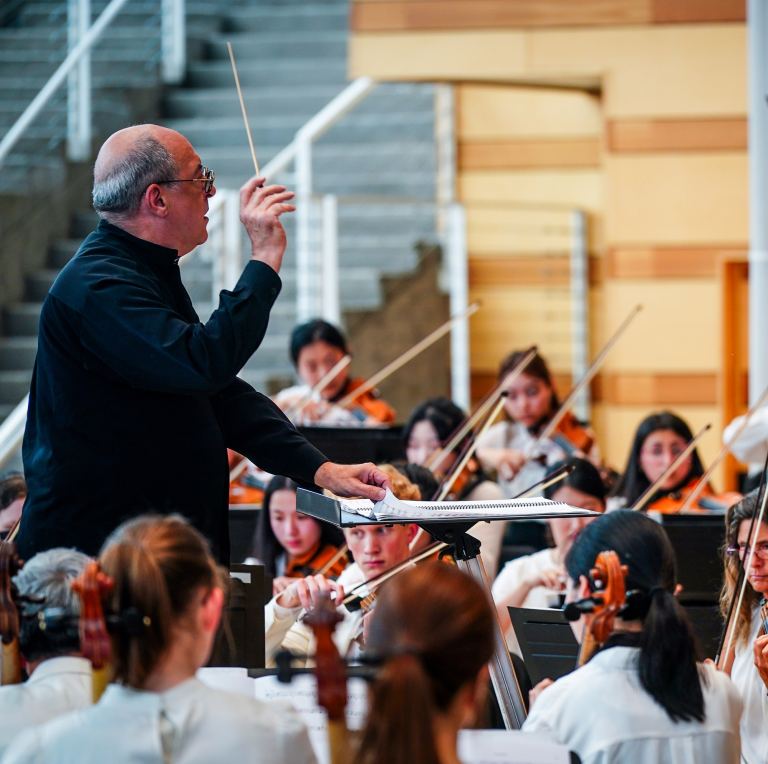orchestral
02
Festival Orchestra Dress Rehearsal:
Beethoven’s “Emperor” and Holst’s “The Planets”

06
ALSO AVAILABLE
04
04
06
06
06
06
PROGRAM
03
WAGNER: Prelude to Die Meistersinger von Nürnberg
BEETHOVEN: Piano Concerto No. 5 in E-flat major, op. 73, “Emperor”
--
HOLST: The Planets, op. 32
06
Please note these are working rehearsals and pieces may not be played fully, piece order may change, and soloists may not sing or play as fully as in performance. Also note the conductor is not mic'ed to allow the musicians to work together more freely.
06
06
FEATURED ARTISTS
03
04
04
04
06